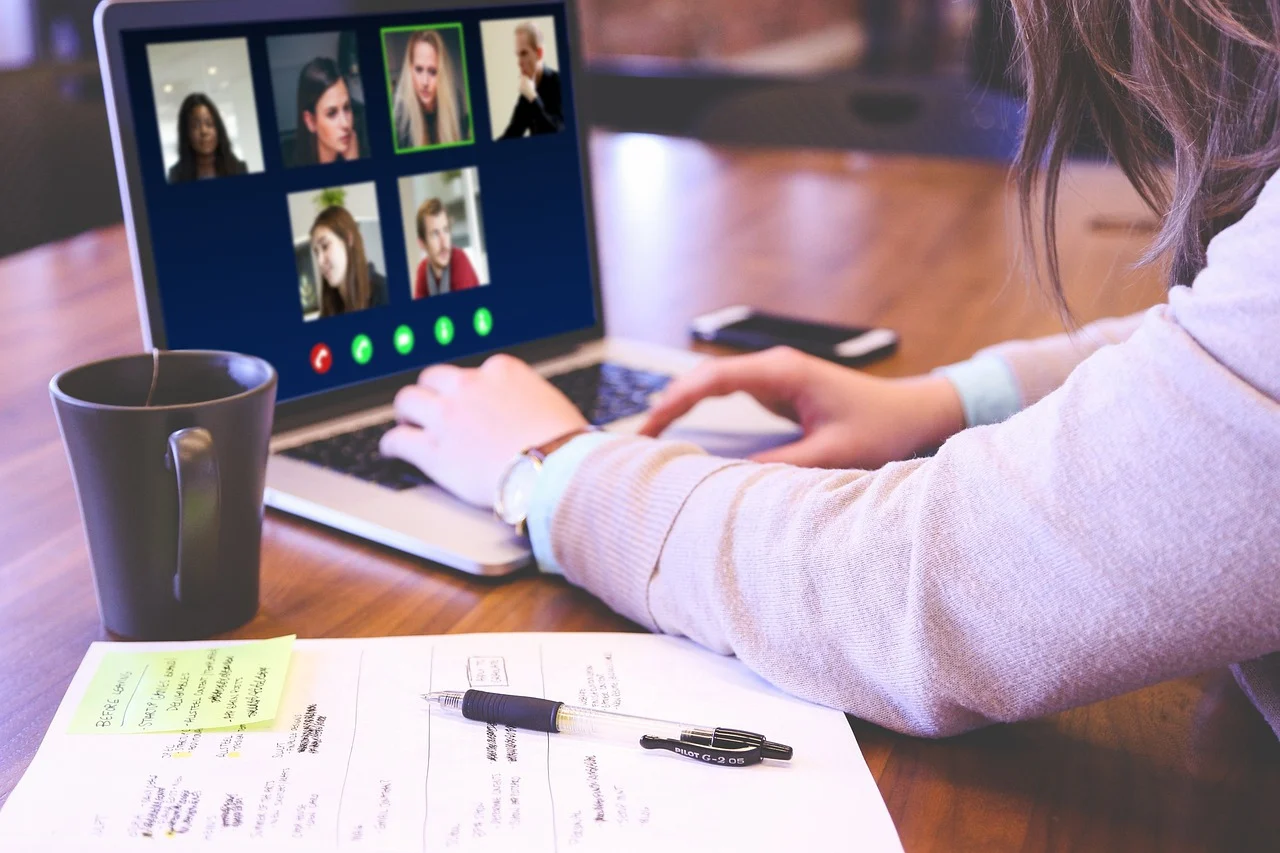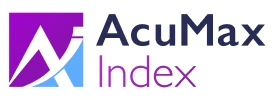If you’ve been finding yourself exhausted at the end of a day of remote video conferences, you’re not alone. Many businesses are still requiring or preferring employees to work remotely. In fact, about a third of the workforce is still working at home. This shift has meant that video conferencing has become the new norm, and face-to-face meetings or calls that were once audio-only have shifted into the always-on video conference environment. However, new research is showing disadvantages of video conferencing that may not be in the best interest of your employees’ energy or mental health.
A recent article by NPR interviewed a psychologist who explained that one of the reasons we feel so mentally exhausted is the unnatural environment that is created during video conferencing. Remote video conferencing doesn’t follow the social norms of in-person conversations because of the amount of prolonged eye contact and the closeness of the camera to our faces. When we are that close or making that much eye contact in person, it usually is during an intimate or confrontational situation.
Additionally, video conferences give us the option to watch ourselves and to focus on how we look while speaking. We feel like we are on a stage and under pressure to perform. We experience the stress associated with feeling all eyes on us while seeing how we look with all eyes on us.
Video calls also require more cognitive focus as we try to pick up on nonverbal cues like pauses, facial expressions or body language. On telephone calls, there isn’t any pressure to pick up on those cues because there are none available. Our eyes can see the other participants on a video conference, so our brain tries to perform the same functions as if they were standing in front of us.
If you’re a small business owner, you might want to consider changing your culture around remote video conferencing to help your employees combat the mental exhaustion and stress. You could either make cameras optional or switch some meetings back to being audio-only. If you’re unable to move away from video conferencing, don’t schedule yourself back to back with video meetings. Build-in downtime in between meetings to be able to stretch, walk, meditate or otherwise decompress. If your employees have an AcuMax Index profile, now is the time to use it to understand their needs related to meetings and interactions.
Keep following our blog for more helpful resources on remote work, changing organizational culture and helping your teams thrive.
Why Video Conferencing is Exhausting Your Employees





